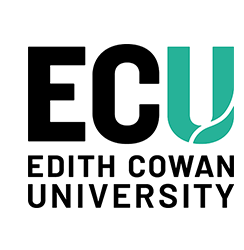Author Identifier (ORCID)
Mohammad Nur-E-Alam: https://orcid.org/0000-0003-1969-3348
Abstract
The development of low-cost, stable, and efficient hole transport layers (HTLs) is crucial to the advancement of lead-free perovskite solar cells. In this work, a solution-based oxidation process is employed to convert spin-coated copper iodide (CuI) films into mixed-phase copper oxide (CuxO) thin films comprising Cu₂O and CuO. Oxidation occurs under moderate temperatures (200–300°C), leading to uniform, compact, and highly conductive p-type films with tunable bandgaps. Structural, morphological, and optical analysis confirms successful phase transformation, and measurements of Hall effect reveal maximum mobility of holes of 26.7 cm2 V−1 s−1 for double-coated films annealed at 300°C. Device simulations via SCAPS-1D using these measured properties predict that CuxO HTLs can make high-efficiency lead-free perovskite solar cells with Cs₂AgBi₁−xSbₓBr₆ absorbers. While experimental device integration is yet to be demonstrated, this research lays the foundation for oxidized CuI-derived CuxO as a potential candidate inorganic HTL for green photovoltaics and offers thoughtful guidance for subsequent experimentation.
Document Type
Journal Article
Date of Publication
1-1-2025
Volume
54
Publication Title
Journal of Electronic Materials
Publisher
Springer
School
School of Science
Funders
Malaysian Ministry of Higher Education (FRGS/1/2020/TK0/UM/02/33) / Universiti Malaya / Edith Cowan University
Creative Commons License

This work is licensed under a Creative Commons Attribution 4.0 License.
First Page
10164
Last Page
10180


Comments
Hossen, M. J., Shahinuzzaman, M., Jamal, M. S., Said, S. M., Hatta, S. F. W. M., Miah, M. H., Khandaker, M. U., Nur-E-Alam, M., & Islam, M. A. (2025). CuI-derived CuxO thin films development via thermal oxidation for lead-free perovskite solar cells. Journal of Electronic Materials, 54, 10164–10180. https://doi.org/10.1007/s11664-025-12386-5